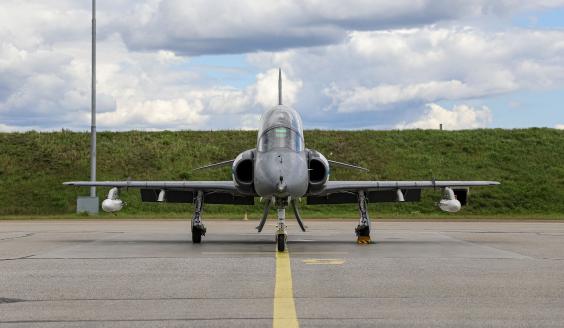Norwegian student pilots at the Air Force Academy now ready for F‑35 training
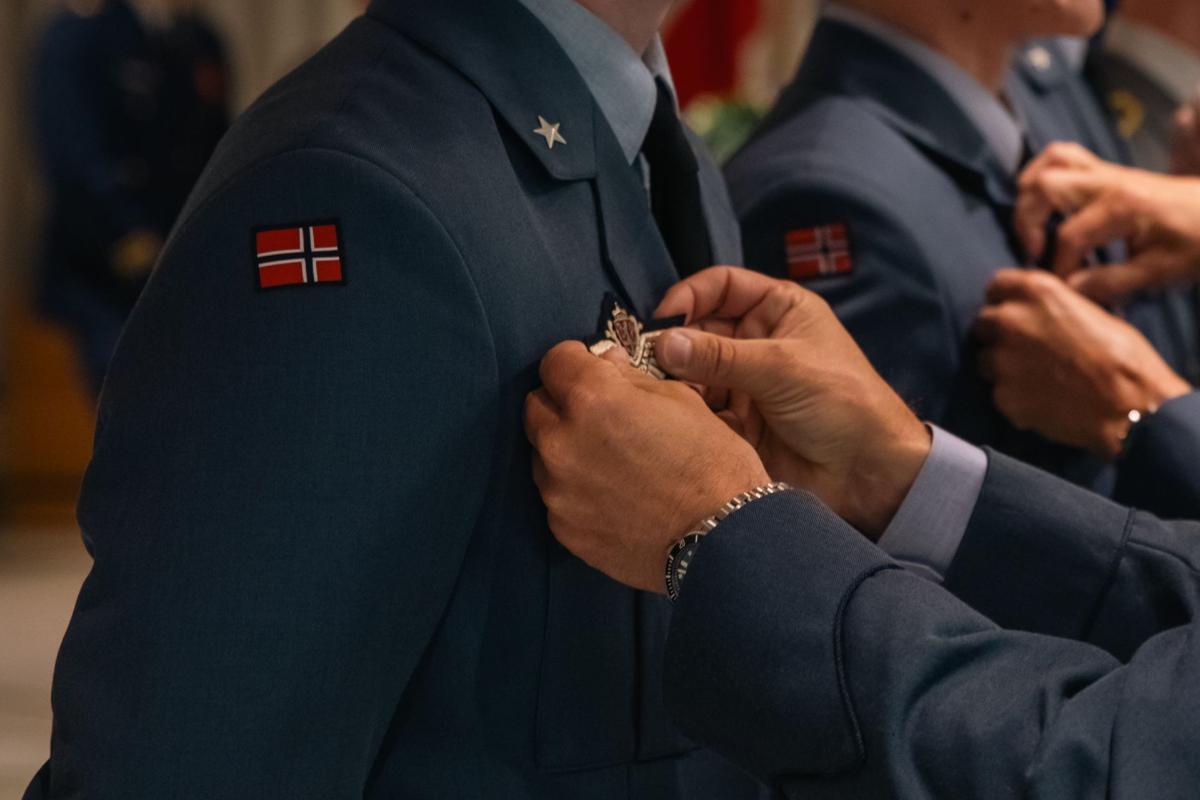
Since autumn 2023, three Norwegian student pilots have been studying at the Air Force Academy, concluding their Hawk training phase in May. Next, they will proceed to F‑35 training in the United States.
In September 2023, the Finnish and Norwegian Air Forces launched cooperation in training when three student pilots and a flying instructor from the Royal Norwegian Air Force arrived at the Air Force Academy in Tikkakoski, Jyväskylä. In a departure from the usual Royal Norwegian Air Force training pipeline, the Norwegian student pilots completed the jet trainer phase of their fighter pilot training within the Finnish Air Force. The Norwegian flying instructor, Major Knut, has trained both Norwegian and Finnish pilot students at Tikkakoski.
The impetus for this training cooperation came from the F‑35A multi-role fighter, which is in operational use in Norway and the system with which Finland is replacing the F/A‑18 Hornet’s capabilities. Norway has no domestic training system of its own for the jet training phase and it sends its fighter pilot students to the United States under the ENJJPT (Euro-NATO Joint Jet Pilot Training) programme. In Finland, the equivalent training phases are Hawk 1 and Hawk 2 at Tikkakoski, using BAE Systems Hawk jet trainers.
After completing the Hawk phase at the Air Force Academy, the Norwegian trio will continue their training on the F‑35 in the United States, following the Norwegian fighter pilot training programme. Their Finnish counterparts will access the F‑35 slightly later, as the Finnish fighter pilots, who are entering the F-35 initial training in the U.S., are already Hornet-qualified and thus more experienced. Through the F‑35 training of these three Norwegians, the Finnish Air Force aims to gain insight into how the Norwegians experience that the Finnish pilot training has prepared them for the tasks of the F‑35 pilot.
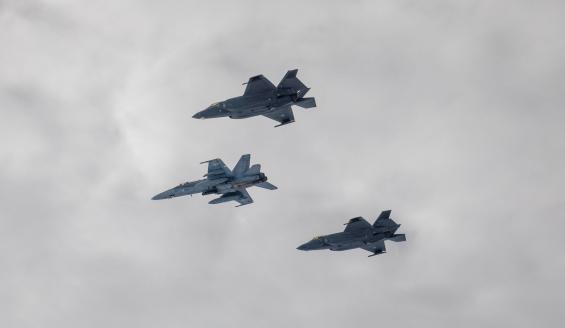
Action-packed training in Tikkakoski
The Norwegian student pilots shared their experiences at the Air Force Academy in spring 2024. After about six months in Finland, they took their first flight in a Hawk in February 2024, followed by their first solo flights in April 2024. In August 2024, the Norwegians completed the Hawk 1 phase, at which point they were awarded the Finnish Air Force pilot’s wings—at the same ceremony in which the Finnish Air Force pilots receive theirs. The Norwegians’ final training flight took place on 27 May 2025, and they graduated from the Air Force Academy on 28 May 2025.
– It’s a big honour and a great privilege to be the first Norwegians to graduate the fighter training here in Finland. When we look back, it’s been 1,5 years of friendship, work, personal development and being part of a group Fighter Squadron 41 that strives for perfection, the Norwegian student pilots reflect.
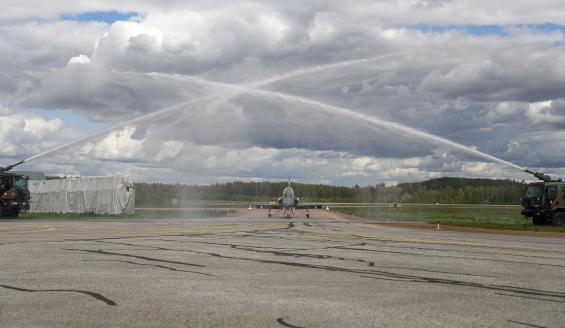
– It was a weird feeling, when we graduated. I felt super proud to have managed to complete the Hawk 2 syllabus and I was very joyful, having the feeling of being able to relax and really get to enjoy the outcome of almost two years of hard work. At the same time, I also started missing flying the Hawk with my Finnish colleagues, one student adds.
Right after graduation, the student pilots were offered a unique opportunity.
– We got in the back seat of the Hawks for the flyover during the national parade in Kuopio on the Flag Day of the Finnish Defence Forces. There were Finnish F/A‑18 Hornets, Swedish Gripens, and Norwegian F‑35s on this multi-national flyover—a thrilling conclusion to our time in Finland, the student pilots tell.
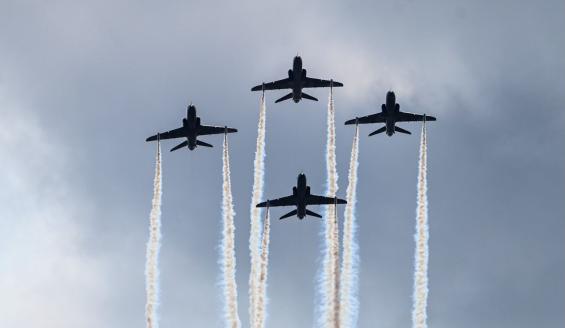
Training all‑weather pilots at the Air Force Academy
The Norwegians express appreciation for the training they have received at the Air Force Academy, noting how much responsibility students are given from the very beginning.
– An example of this trust is flying solo with the Hawk in challenging weather conditions. This sounded a bit surprising to me in the beginning, but after doing it myself, I’ve seen that it works well, one of the Norwegians tells.
Guided and supervised by the personnel of the Air Force Academy, the solo flights have boosted the Norwegian students’ confidence. Compared to their U.S.-trained peers, the Norwegian student pilots feel they have gained more experience in solo flying.
– Solo flying builds confidence, and when you’re flying a jet all alone, you need that confidence, another Norwegian says.
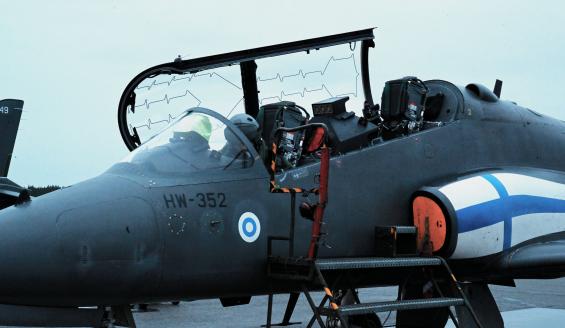
In their last sorties, they gathered together all previously learned and practised themes.
– These flights were super rewarding. Getting out of the jet on the ground and meeting up with the formation with big smiles on our faces after those sorties were really great memories, one of the student pilots recalls.
Training achievements also leave a lasting impression. One of the students cites his first solo low-level flight and a victory in air combat training as his most memorable experiences.
– On my first solo low-level flight, the weather was good and it was so crazy to do that stuff alone. Another memory was my 1 vs 2 air combat sortie—me against two other Hawks—and I somehow managed to defeat them both, one of the Norwegian students recounts his experiences.
For the first international students, the training programme was not yet fully finalised, but continuous development work has been carried out. The language of training and instructional materials has presented some challenges for instruction.
– As we’ve been open about from the beginning, the biggest challenge has been our language barrier and the Finnish systems and materials which have been translated to English as we have progressed through our training. There’s still some work to be done here which will make everything smoother for any future international students, Norwegian students explain.
The trio expresses a strong sense of cohesion within Fighter Squadron 41.
– Training in the Finnish Air Force has been a great joy. From the first day here, we’ve been really impressed, especially by everyone’s willingness to adapt and make our training here work as well as possible. The people here have taken the three of us in as regular students, and we feel like we’ve been part of the squadron, the Norwegian students tell.
Next step: F‑35 training in the U.S.
After completing the jet training phase at the Air Force Academy, the Norwegian trio will continue their F-35 multi-role fighter training in the United States. The fighter pilots of the Royal Norwegian Air Force receive their F-35 type training at Luke Air Force Base in Phoenix, Arizona. In the current training pathway for Finnish fighter pilots, this corresponds to the Hornet 1 and 2 flight training programmes. Upon returning from the United States to their home country, the Norwegians first qualify for NATO’s Quick Reaction Alert (QRA) duties, after which they continue their flying service and training with the F-35.
– After the Air Force Academy, we’re heading back to Norway briefly and get to know our colleagues at our squadron and have a short summer vacation. Then we’ll leave for the F-35 course at Luke AFB, from where we’ll eventually return to Norway, the student pilots say.
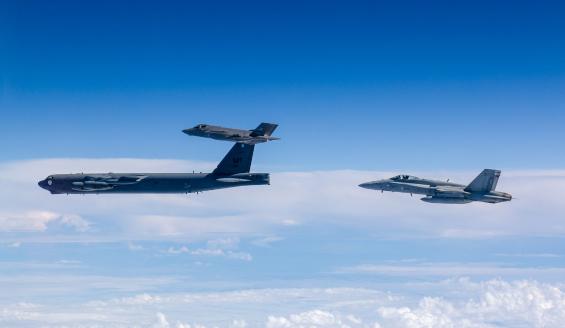
They do not yet have detailed information about the F‑35 training phase, but expect long training days, a lot of study, and a significant capability leap as they move from the Hawk to the F‑35.
– We’re in for a tough year and there’s a lot to learn. It’s exciting and fun to get to handle the jet we’ll be flying in our careers, one student pilot says.
The Norwegian student pilots believe that the Air Force Academy has given them the right foundations for the F-35 training.
– I believe there will be some American specifics that will take some extra work to learn compared to the students educated in the USAF, but overall, I feel confident that this training has prepared me well to begin the F-35 training, one of the student pilots says.
Flight Instructor’s view on the training cooperation
In addition to the student pilots, Major Knut from the Royal Norwegian Air Force is also part of the Finnish-Norwegian training collaboration as a flight instructor. Besides training Finnish and Norwegian student pilots, Major Knut has acted as the national senior officer for the Norwegian detachment, dealing with administrative matters for the Norwegian students and representing Norway in Finland. His role has therefore also included diplomatic duties, which Knut has enjoyed. Major Knut was awarded the Finnish Air Force pilot’s wings on the Air Force anniversary, 6 March 2025.
Knut sees the Finnish-Norwegian training cooperation as reciprocal, exchanging best practices both ways.
– There are many aspects of training I would bring back to Norway, as well as a few inputs that I’ve shared from both the Norwegian and US training methods, major Knut says.
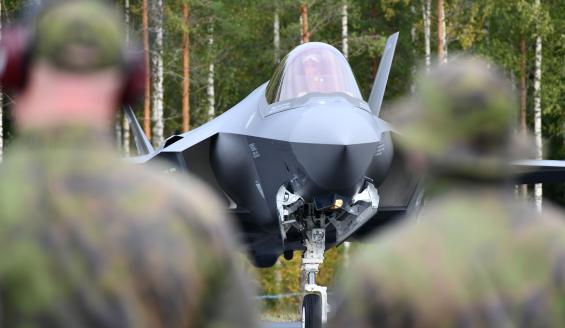
He has been impressed by the Finnish Air Force’s flight training.
– The flexibility, the high level of trust and responsibility put on the students from early on, and the professionalism of all the pilots here are all aspects that have impressed me. I wouldn’t use the wording “surprised me”, because I did have high expectations, Knut tells.
Major Knut is pleased to have had the opportunity to be a pioneer in Finnish-Norwegian training cooperation and sees great potential in deepening and developing Nordic training collaboration.
– I’m proud to have had the opportunity to be the first Norwegian instructor here, and I see only good things coming out of the cooperation between our two countries. I hope and believe that this will have an impact way beyond the basic training, as now we know each other across the border, and soon operate the F-35 with a common understanding of how we fly and think, Knut says.
Cultural differences in pilot training
The Finnish Air Force is following with interest how the Norwegian student pilots assess the training they have received in Finland, as both the Finnish and Norwegian pilots will be flying the F-35 fleet. The Norwegian students have somewhat compared their experiences with their colleagues who trained in the United States.
– We’ve discussed some differences in our training and what we can expect to learn from each other when we soon start flying together in the US. One big difference for us trained at the Air Force Academy is that we’ll need to learn the specifics of US military aviation in the beginning, which will demand quite a bit of extra work. It’ll be very interesting to see how we compare to our colleagues when we actually begin the F-35 training, the Norwegian students say.
The jet training at the Air Force Academy differs in some respects from the equivalent training Norwegian students receive in the United States.
– Here in Finland, we’ve had around eighty hours of tactical flight training, so we’ve gained more in-depth experience on the tactical aspect of flying compared to our Norwegian colleagues from Texas. We spent two winters in Finland, so we’re already used to flying in winter and Nordic weather conditions, one of the Norwegian students tells.
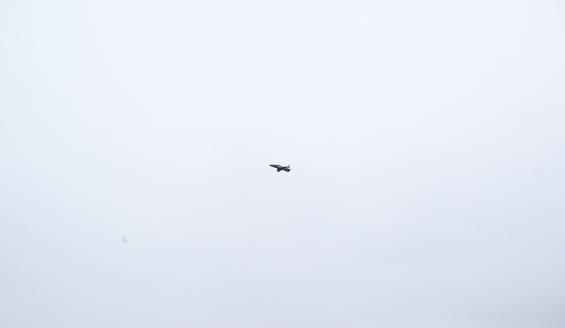
Compared to their Norwegian colleagues trained in the United States, the Norwegian students who studied at the Air Force Academy say they have gained more experience in solo flights and flying in challenging weather conditions, which they believe will be an advantage when they return to Norway after their training in the United States.
– We’ve gained quite a bit of experience flying in challenging weather conditions, and also have been introduced to quite advanced sorties here in Finland. I believe this experience might not shine through during the training in the US, but that we will really benefit from once we are back in Norway again, the Norwegian students assess.
Flight Instructor Major Knut also recognises some cultural differences between Finnish and Norwegian flight training.
– Some aspects have been different from what I’m used to. For example, low-level flying and flying in challenging weather conditions are things that we have needed to negotiate. But it's all done in a safe and controlled manner, and it has worked, Knut explains.
Fond memories from Finland
The Norwegian student pilots have found living in Finland quite similar to Norway.
– We’ve enjoyed living in Finland, it’s been very similar to living in Norway, just with a lot more sauna. Everyone has been very welcoming and we’ve had fun times being introduced to the Finnish culture, the Norwegians tell.
The trio has spent time with their course mates, including a shared trip to a cabin and sauna evenings with the squadron. In addition to sauna, team sports have also helped them ease into Finnish culture.
– We’ve played with the football team and joined fun activities with our Finnish friends, the Norwegians say.
What lies ahead for air forces’ training cooperation?
The Norwegian pilot students and the Flight Instructor hope the Finnish-Norwegian training cooperation will continue.
– I believe we can expand this training by involving both the Swedes and the Danes. This would improve the Nordic cooperation, one of the Norwegian students remarks.
The Norwegians are humbly proud of their experience and grateful to have been the first participants in the Finnish-Norwegian training cooperation.
– We’re very happy with our time here. It’s a real honour to be the first Norwegians to walk this path. We’re very grateful to everyone who has put in a lot of hard work to make the training cooperation happen, and it makes us proud when we got to know that this programme is going to continue, the Norwegian students say.
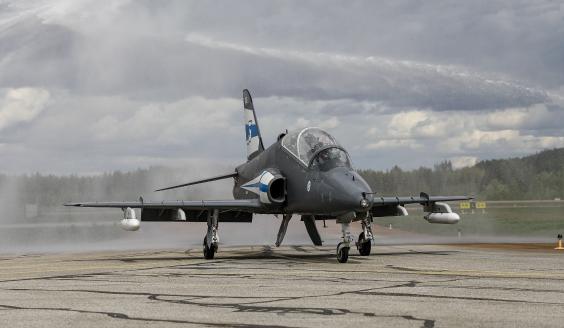
The Norwegian student pilots will continue their journey to the United States for the F-35 training. Major Knut will remain at the Air Force Academy, where he will continue in his current role as a Flight Instructor.
The Finnish-Norwegian training cooperation continues, and in September 2025 the Finnish Air Force Academy will welcome a second group of Norwegian student pilots. A third Nordic F-35 user may soon join the initiative, as discussions on training cooperation with Denmark are currently underway.
